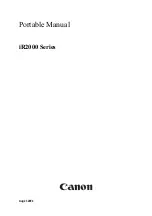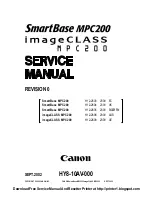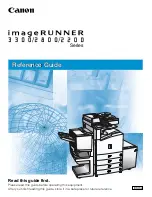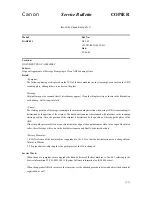
1
1-20
About the Command WorkStation (Option)
The Spool area is both the receiving area for jobs from users on the network (Hold
queue) and the waiting area for jobs that will be RIPped.
Hold queue jobs
When printing requires an operator (because the Print queue and
Direct connection are disabled), the operator must assign a destination to all jobs
received from users on the network (icon 1 in the pervious table). Once assigned, jobs
(icons 2, 3, and 4) move down the Spool queue for processing. All jobs printed to the
Hold queue require routing by an operator. The Hold queue also enables you to use all
workflow features of the Command WorkStation with PDF files, including
DocBuilder Pro and the Imposition feature.
Print queue jobs
When printing does not require an operator, network jobs sent to
the Print queue appear in the Spool area where they are shown with a white printer
icon (icon 2). When they reach the head of the queue, they are RIPped and printed
without operator intervention.
Direct connection jobs
Jobs printed to the Direct connection are not displayed in the
Command WorkStation job lists. They are displayed briefly in the status bars (where
they cannot be selected) and are included in the Job Log.
RIP area
The job icons in the RIP area are described below:
After a job is rasterized, it goes into the RIP area. The RIP area holds only raster data
(for example, jobs that have been rasterized). Jobs in the RIP area are either waiting for
the copier to be free (Print queue jobs, icon 2 in the previous table), or they are being
RIP area icon:
What it indicates:
How long you see the job:
1
Yellow raster icon
Yellow job row
Raster data, no destination
defined; may have been
printed before and held
Until it is deleted, moved to
the Archive window, or
stripped of its raster data and
sent to the Spool area
2
White printer icon
White job row
Raster data headed for
in its turn; no hold defined
Until copier is free to print
the job






































